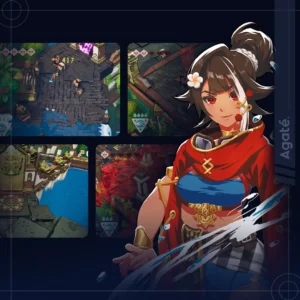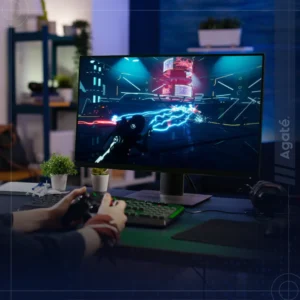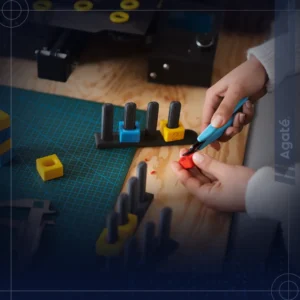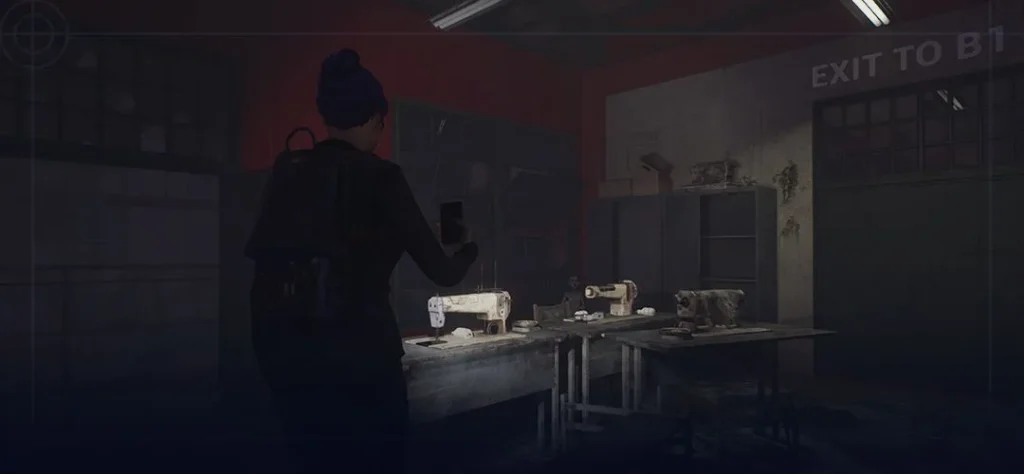
For the sake of entertainment, many people willingly invest their time and money in various forms of amusement. While some might prefer the solace of relaxing casual games or the adrenaline rush of action-packed adventures, people are also drawn to paying for the experience of being terrified and jolted by horror games. This leads us to the question: What drives this eagerness of people to immerse themselves in fear and shock? Before we uncover the answer, let’s break it down. What exactly are horror games? These spine-tingling video games are designed to make players feel fear, panic, and anxiety. With their dark aesthetics, chilling atmospheres, and suspenseful themes, they aim to keep you on the edge of your seat, ready for whatever scares await.
The roots of the horror game genre can be traced back to the 1980s when its earliest foundations were laid. Since then, many creations have emerged, captivating audiences with their spine-chilling experiences. However, during the 1990s and 2000s, several iconic and timeless classics were born, solidifying horror gaming as a force to be reckoned with. These games offered heart-pounding jump scares and delivered thought-provoking narratives and immersive gameplay.
As the years passed, the genre continued to evolve and found its place in the mainstream gaming industry, defying the notion that horror games were solely focused on jump scares and superficial thrills. The evolution of technology played a crucial role in shaping the diverse landscape of horror games. This led to various horror game subgenres catering to different preferences and playstyles. From survival horror that emphasizes resource management and tense encounters to psychological horror that delves into the depths of the human psyche, players can explore a wide range of experiences.
Why People Love Horror Games

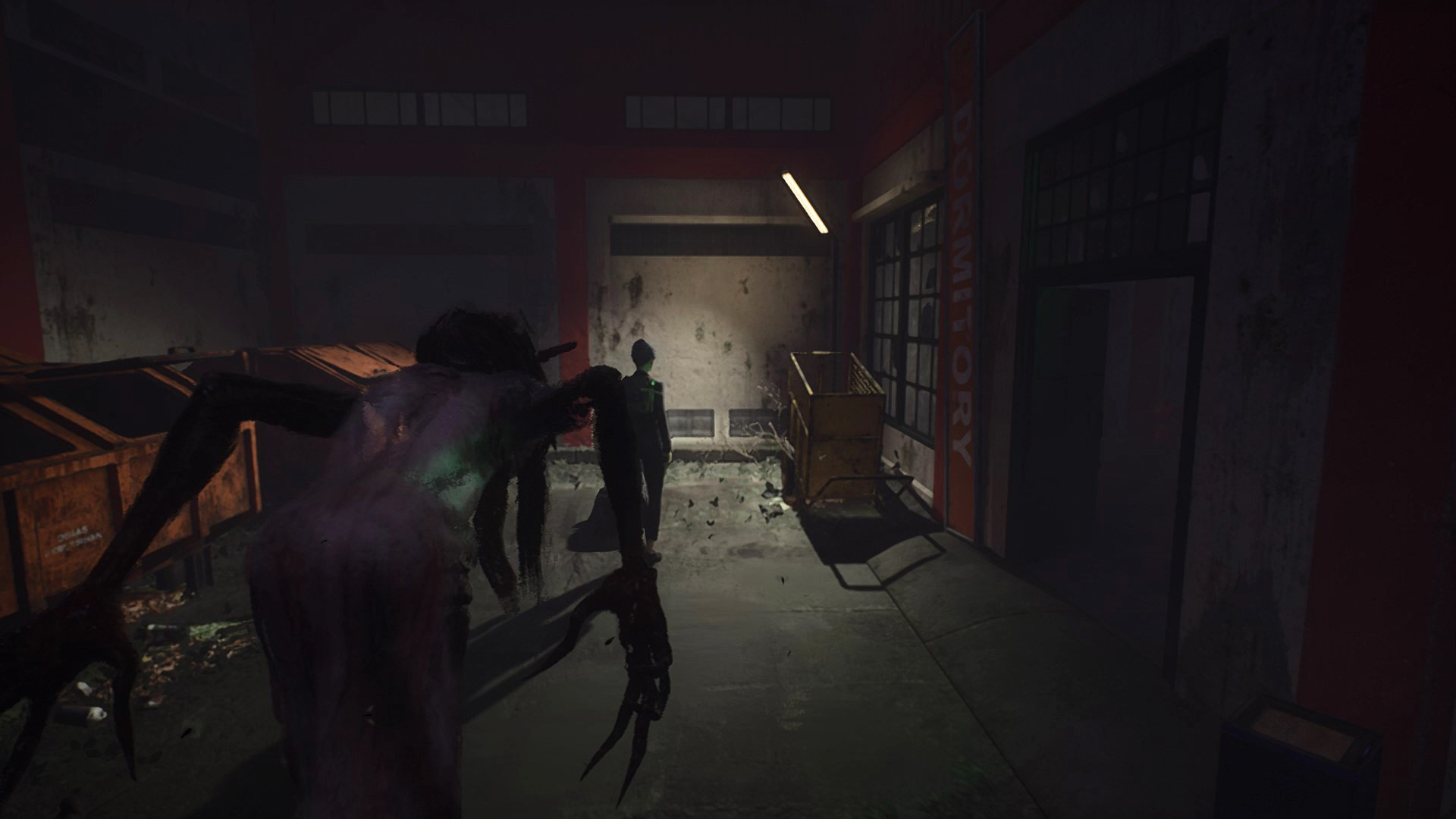
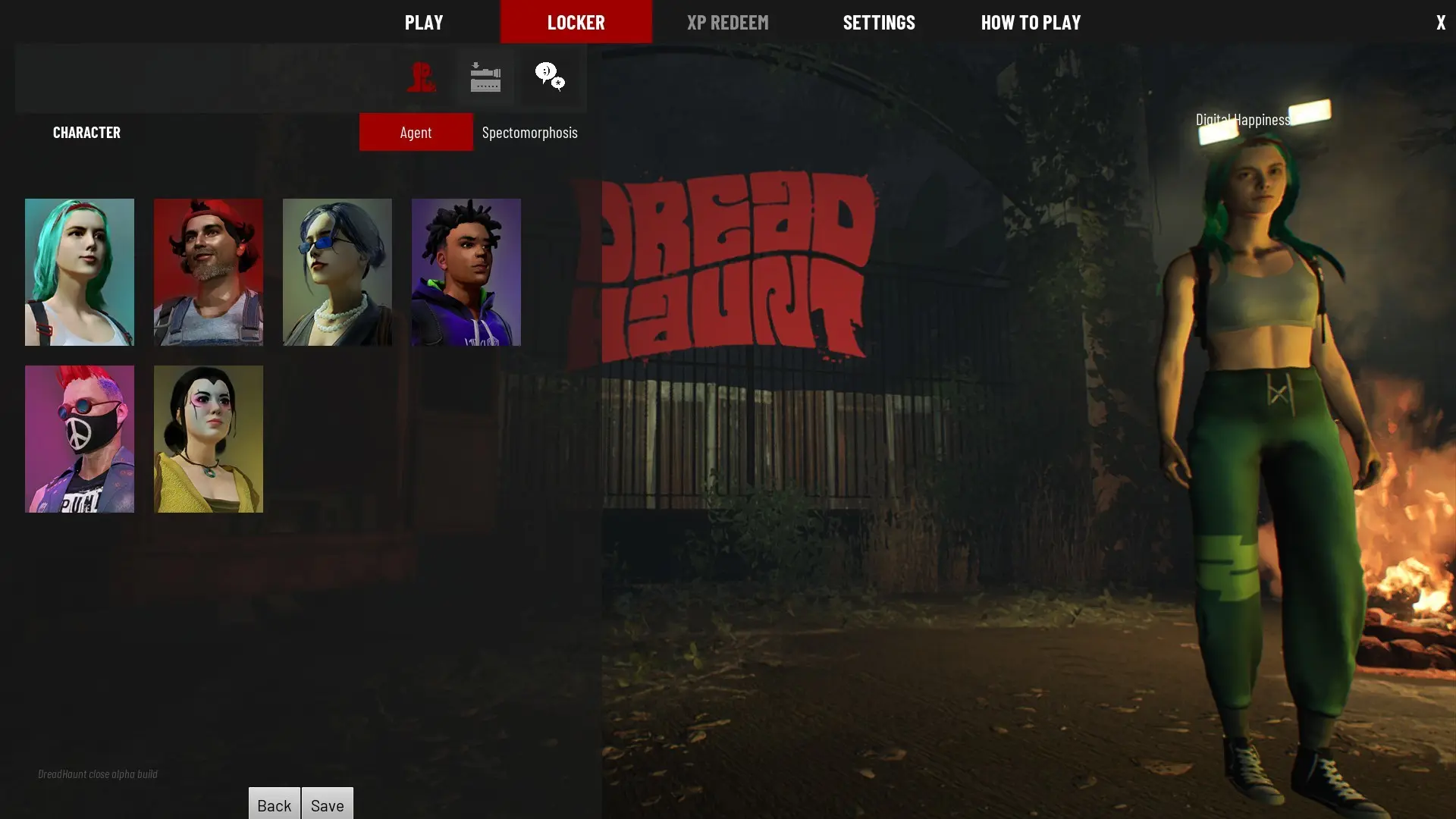

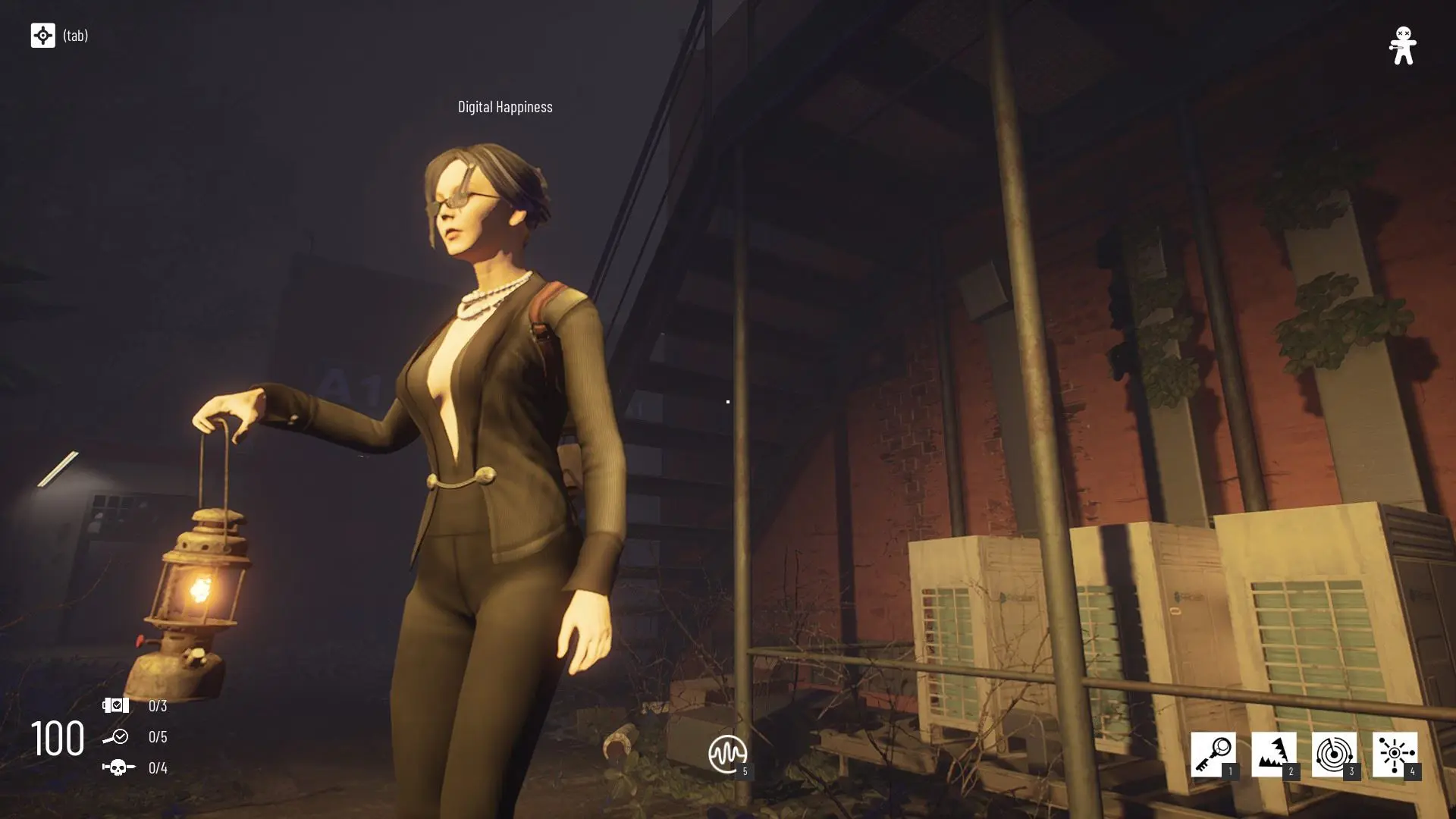
DreadHaunt, developed by Digital Happiness in collaboration with Agate
Finally, we arrive at the quest to uncover the reasons behind people’s enjoyment from playing games that invoke fear and shock. A prevalent trend can be observed on platforms like Youtube and TikTok, where gamers record themselves playing horror video games and share their reactions with an intrigued audience. This raises intriguing questions: What entices people to eagerly anticipate the thrill of these video games? Why do we enjoy watching others scream and react to the challenges presented by such games? Furthermore, why do players persist in engaging with horror games even after experiencing racing hearts and confronting horrifying monsters within a virtual world? What compels players to seek out vividly frightening and discomforting experiences?
According to James Madigan, author of Getting Gamers: The Psychology of Video Games, the players of horror games can be classified into two groups. The first group comprises players drawn to these games for the immersive experience, seeking thrills and the adrenaline rush they provide. The second group consists of players motivated by the social aspect of playing horror games. It is suggested that the social element plays a significant role in driving these players to engage in such games, whether to impress others or to project an image of toughness. However, it is intriguing to note that the first group’s motivation stems from their personal experiences and emotional responses to the game. In contrast, the second group’s motivation is predominantly centered around the social aspect and the impact of playing the game on their own social standing.
The Psychological Impact of Horror Games
When discussing horror games, the central theme is always fear. Fear is an inherent part of our lives, as it triggers our fight-or-flight response and releases adrenaline. Sensation seekers actively seek out new and exhilarating experiences to keep themselves entertained and thrilled. Game developers take this fact into account when creating horror games. In fact, a study was conducted to analyze the different levels of fear in order to help developers create more immersive horror games by leveraging the spectrum of fears. Now, let’s explore the psychological aspect of horror games and explore further!
Immersive and Emotional Impact
Horror games excel at creating an immersive experience that deeply affects players on an emotional level. The combination of atmospheric visuals, eerie sound effects, and tense gameplay mechanics work together to build a sense of dread and unease. As players navigate through dark environments, encountering menacing creatures or eerie situations, they are often engulfed in an atmosphere that heightens their senses and triggers emotional responses. The fear, panic, and anxiety experienced during gameplay can be intense, causing an increased heart rate, sweaty palms, and even the famous “jump scares” that startle players. This emotional impact is a testament to the power of horror games to evoke genuine reactions and engage players on a deeply psychological level. Other than fear or adrenaline rush, the engaging nature of horror games can be attributed to factors such as the inclusion of safe rooms and the overwhelming feelings of relief they offer. When players experience intense fear followed by successfully escaping danger, the subsequent release of dopamine helps alleviate tension and relax their muscles.
Confronting Fears and Agency
Varying Responses and Mental Well-being
The Future of Horror Games
DreadHaunt: An Immersive Multiplayer Horror Game
DreadHaunt, the latest installment in the Indonesian horror series, originated with DreadOut in 2014 and was developed by Digital Happiness and co-developed by Agate. The series has gained national and international recognition, receiving prestigious awards such as “Best Indonesian PC Game” and “Game of the Year.” Co-developed with Agate, DreadHaunt is a PC multiplayer horror game that challenges players’ cooperative and PvP skills. Set in a state of emergency caused by demonic possession. Players take on the role of field agents tasked with securing and investigating the source of evil. However, one of the agents is unknowingly possessed, becoming a bloodthirsty deceiver who seeks to eliminate the team. The remaining agents must work together to solve puzzles, survive the haunting, and uncover the identity of the deceiver. If you’re a fan of horror games and you want to play it with your friends, you might want to give DreadHaunt a try!
Are you looking for co-development, art services, or game porting? Look no further than Agate!
Don’t hesitate to get in touch with us today and learn more about how we can help you take your project to exceptional heights.


